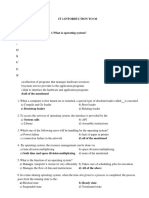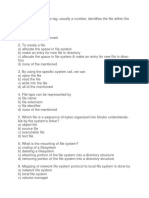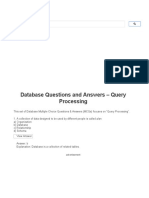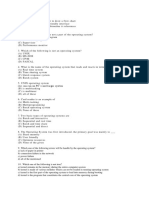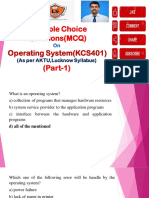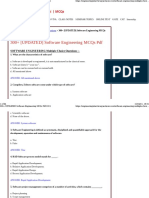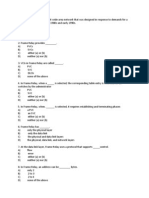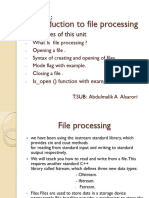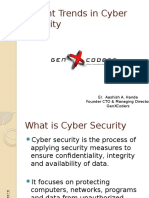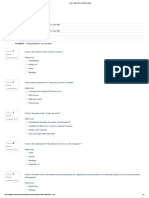0% found this document useful (0 votes)
127 views16 pagesMultiple Choice Questions
The document contains multiple-choice questions covering network monitoring and security topics. Key areas include the objectives and benefits of network monitoring, types of attacks, and security measures such as firewalls and VPNs. Each question is followed by the correct answer, providing a comprehensive overview of essential concepts in network management.
Uploaded by
afmis1652Copyright
© © All Rights Reserved
We take content rights seriously. If you suspect this is your content, claim it here.
Available Formats
Download as DOCX, PDF, TXT or read online on Scribd
0% found this document useful (0 votes)
127 views16 pagesMultiple Choice Questions
The document contains multiple-choice questions covering network monitoring and security topics. Key areas include the objectives and benefits of network monitoring, types of attacks, and security measures such as firewalls and VPNs. Each question is followed by the correct answer, providing a comprehensive overview of essential concepts in network management.
Uploaded by
afmis1652Copyright
© © All Rights Reserved
We take content rights seriously. If you suspect this is your content, claim it here.
Available Formats
Download as DOCX, PDF, TXT or read online on Scribd
/ 16

